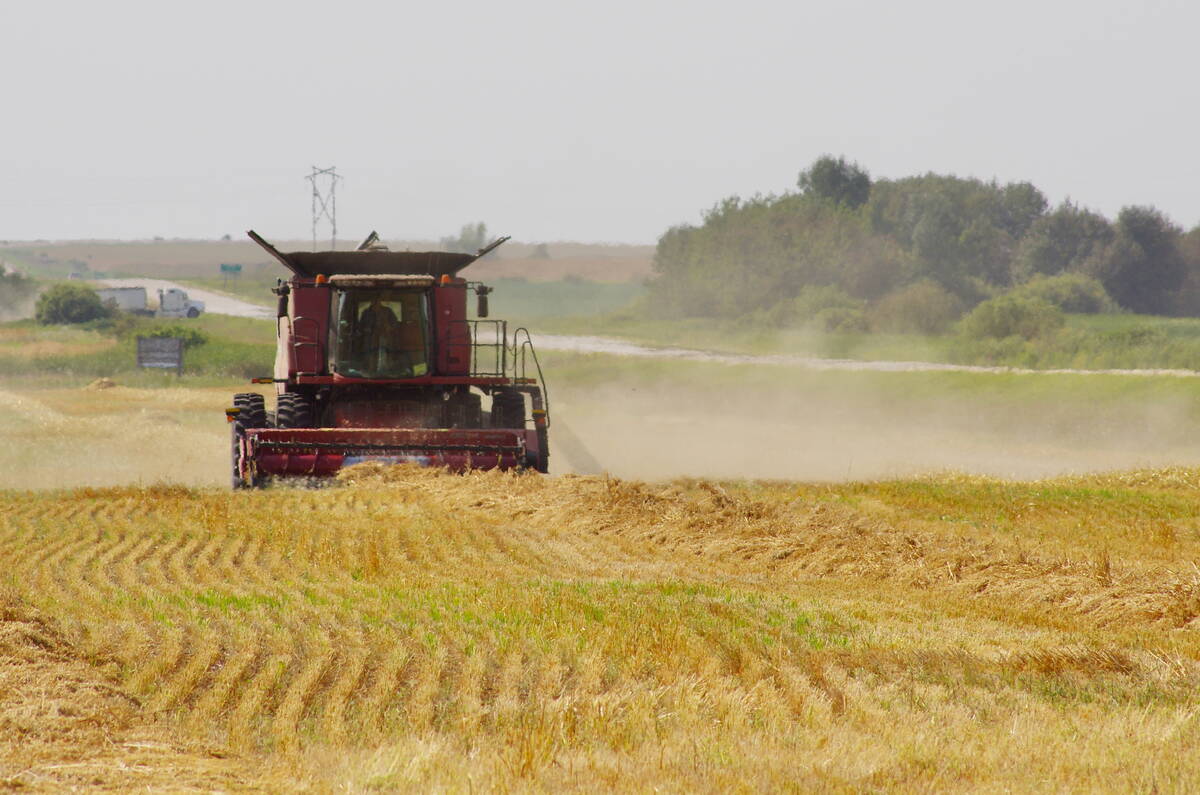A new research project will focus on drought-tolerant winter wheat
varieties.
It is hoped the program will produce winter wheat varieties that can
withstand the drought-prone conditions of Western Canada’s brown and
dark brown soil zones and still provide the high yields for which the
winter cereal is known.
Brian Fowler of the University of Saskatchewan’s Crop Development
Centre in Saskatoon says he has “all the pieces of the genetic puzzle”
and just has to put them together in the right balance.
Read Also

Herbicide resistance sprouts in Manitoba’s wild oats
Farmers across Manitoba this fall are gearing up for the latest salvo in what, for many, has become a longtime battle to beat out wild oats.
Yield and disease resistance in Canadian winter wheat varieties has
increased dramatically over the past decade. Most of the plant breeding
responsible for the increase was done at CDC.
Fowler said his breeding program can now focus on some new traits that
will open the possibilities for winter wheat production in Western
Canada’s semiarid areas.
The program had previously produced varieties best suited for areas
with higher average rainfall where disease resistance is critical.
Increased yield potential was accomplished by emphasizing tillering in
the plants.
“We now have producers in some of the high-production areas setting
yield targets of 80 bushels to the acre. Some are seeing 90. But that
is dependent on tillering,” he said.
Hot, dry conditions in mid to late June, like those often experienced
in the southern and western Prairies, can severely limit tillering and
in turn limit yields in winter wheat.
Fowler said the breeding program will attempt to boost yields by
increasing the seed and head size of the new genotypes.
“We have some great genotypes that are large seeded, but unfortunately
they have poor disease resistance,” he said.
“We have to strike a balance when manipulating the new lines so that we
can retain disease resistance of our new high-yield varieties while
increasing the kernel size.”
As well, the plants need to be able to adapt to variable moisture
conditions without producing a variety of kernel sizes that increase
dockage.
New plant breeding technology and labs at the CDC are cutting the time
needed to develop winter wheat varieties.
“We have always been limited in our breeding programs by a lack of
funding. Things are improving slowly in this area and it is making a
difference to our programs,” Fowler said.
Research is being funded in part by the Western Grains Foundation,
Ducks Unlimited and SeCan.
















